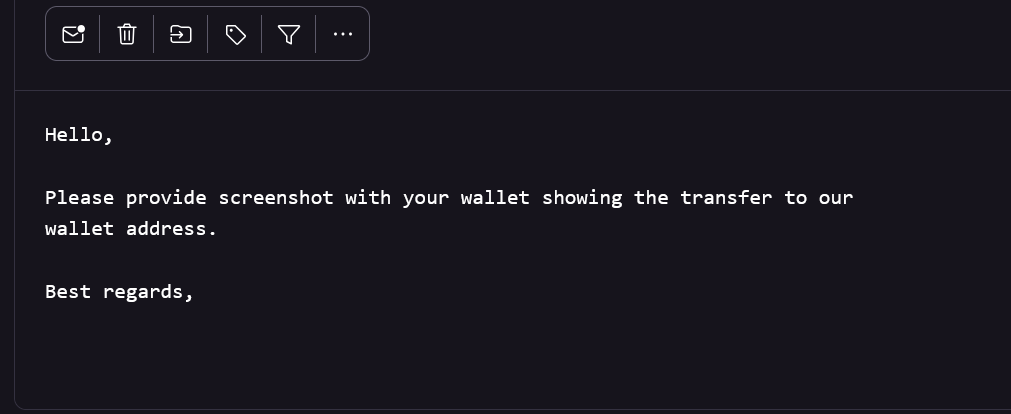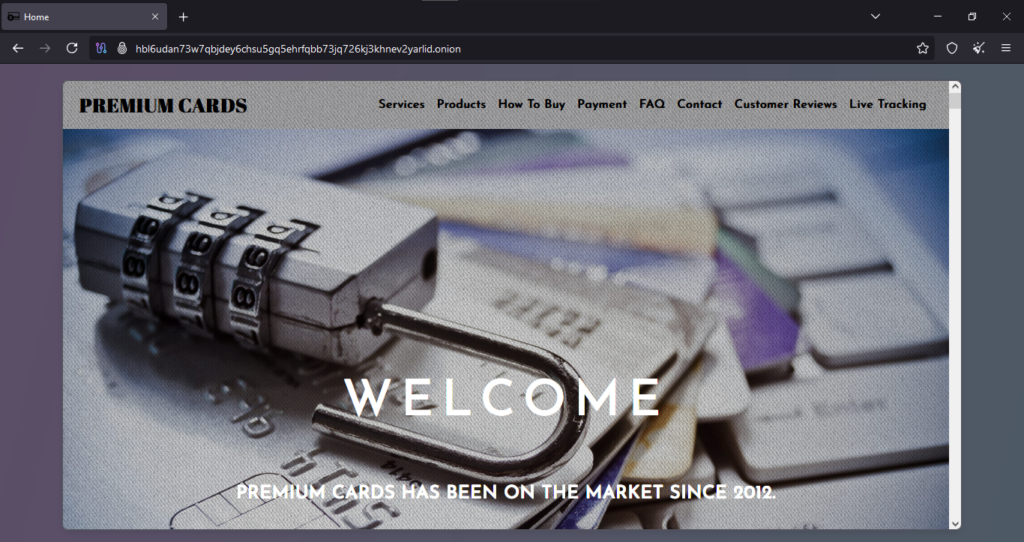Table of Contents
TogglePremium Cards – TOR Scam Report (108)
Onion Link: http://hbl6udan73w7qbjdey6chsu5gq5ehrfqbb73jq726kj3khnev2yarlid.onion/
Scam Report Date: 2025/01/19
Client Scam Report Breakdown
Original Report Summary:
The client reported a fraudulent transaction involving an unidentified vendor. According to the report, the vendor required a screenshot of the purchase confirmation to validate the order. However, after the client submitted the screenshot and the purchase was confirmed, the vendor ceased all communication. The absence of further updates or responses from the vendor indicates a deliberate scam. The report concludes with a warning to others, urging caution when dealing with similar vendors.
Photos :

Defining Key Terms and Terminology
To understand the report in detail, key terms and concepts include:
- Purchase Confirmation Screenshot: A screenshot or digital proof showing that a payment or transaction has been completed. Vendors often request this to verify orders, but scammers use it as a ploy to appear legitimate while completing their fraud.
- Confirmed Purchase: The stage at which a transaction is verified as completed by the vendor, either through automated systems or manual checks. In legitimate transactions, this step triggers order processing or service delivery.
- No Further Communication: A common characteristic of scams, where the vendor intentionally ignores follow-up inquiries after payment is secured. This tactic ensures the scammer remains unaccountable.
- Be Aware: The client’s closing remark serves as a cautionary note, signaling the need for vigilance in online transactions and interactions with unfamiliar vendors.
Detailed Analysis of the Scam
This case underscores a recurring theme in online scams: exploiting standard payment verification practices to build false credibility. By requesting a screenshot of the purchase confirmation, the vendor gave the impression of legitimacy, encouraging the client to trust the process. This tactic manipulates clients into thinking their transaction is part of a structured workflow, only to abandon them once the funds are secured. The absence of further communication after the purchase confirmation suggests a premeditated scam, with the vendor prioritizing anonymity to avoid accountability.
The client’s experience highlights the inherent risks of engaging with vendors who lack verifiable credibility or transparent customer service practices. Scam operations frequently employ tactics such as fake websites, untraceable payment methods, and a lack of dispute resolution to ensure victims cannot reclaim their funds. The absence of communication following the confirmation serves as a red flag for potential victims. Legitimate vendors, even in high-risk industries, typically offer at least basic customer support or responses to inquiries.
Ultimately, the client’s report serves as both a warning and a lesson. It emphasizes the importance of verifying a vendor’s legitimacy before proceeding with payment. Consumers should seek out reviews, testimonials, or third-party assurances before engaging in transactions. When dealing with vendors who request payment verification through screenshots or similar measures, skepticism is warranted, particularly if the vendor’s reputation cannot be established. For future transactions, utilizing payment methods that include buyer protection or avoiding platforms with unclear practices can mitigate the risks of falling victim to scams.







